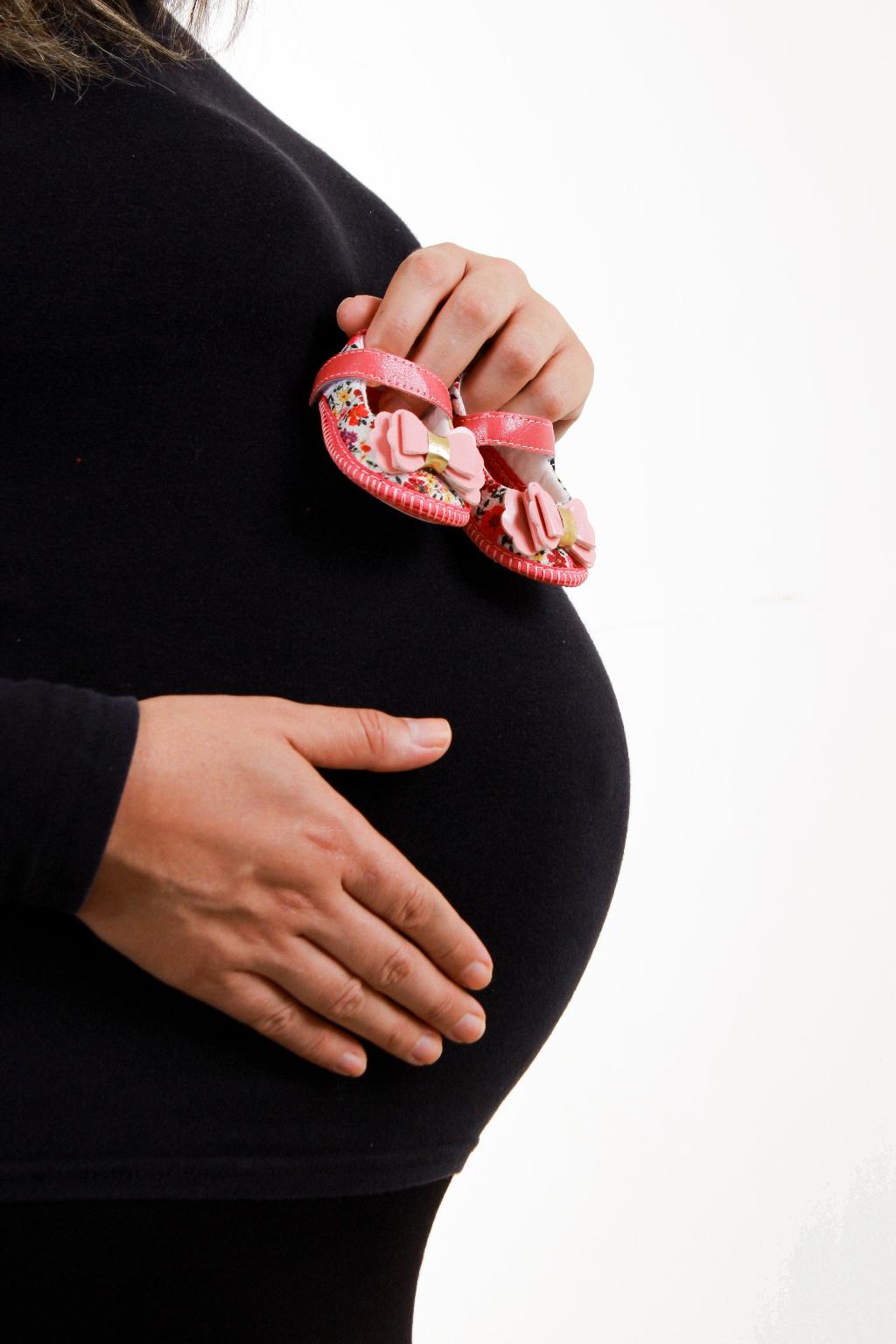One common concern that many pregnant women have is the risk of developing a urinary tract infection (UTI) during their pregnancy. UTIs can be uncomfortable and potentially harmful if left untreated, so it’s important to understand the risk factors associated with UTIs during pregnancy, including the timing of when they are most likely to occur.
Week 4 of Pregnancy: Early Stage, Possible Risk?
At 4 weeks pregnant, you may be wondering if it’s possible to develop a UTI at this early stage of pregnancy. While the risk of UTIs is generally higher from around weeks 6 to 24 due to the physiological changes in the urinary tract, including the pressure from the growing uterus on the bladder, it’s still important to be aware that UTIs can occur at any point during pregnancy, including early on.
Understanding the Increased Risk During Pregnancy
Pregnant women are more susceptible to UTIs due to hormonal changes that can affect the urinary tract, making it easier for bacteria to travel up the urethra. Additionally, the physical changes in the urinary tract, such as the pressure on the bladder from the expanding uterus, can also contribute to the increased risk of developing a UTI during pregnancy.
Signs and Symptoms of a UTI During Pregnancy
It’s important to be mindful of the signs and symptoms of a UTI during pregnancy, which can include a frequent urge to urinate, a burning sensation while urinating, urine that appears cloudy or has a strong odor, and pelvic pain or discomfort. If you experience any of these symptoms, it’s essential to consult with your healthcare provider for proper evaluation and treatment.
Importance of Early Detection and Treatment
Early detection and treatment of UTIs during pregnancy are crucial to prevent complications and ensure the health of both the mother and the baby. If left untreated, UTIs can lead to more severe infections and potentially increase the risk of preterm birth or other pregnancy-related complications.
Preventive Measures to Reduce the Risk of UTIs
There are several preventive measures that pregnant women can take to reduce the risk of developing a UTI, including staying hydrated, maintaining good hygiene practices, wearing breathable cotton underwear, and emptying the bladder completely when urinating. It’s also essential to avoid holding in urine for long periods and to urinate before and after sexual activity.
Consulting with Your Healthcare Provider
If you suspect that you may have a UTI or are experiencing any symptoms of a urinary tract infection during pregnancy, it’s important to consult with your healthcare provider promptly. Your healthcare provider can perform a urine test to confirm the presence of a UTI and prescribe appropriate treatment, such as antibiotics, to help clear the infection.
Conclusion: Staying Informed and Proactive
In conclusion, while the risk of developing a UTI during pregnancy is generally higher from weeks 6 to 24 due to physiological changes in the urinary tract, including the pressure from the growing uterus on the bladder, it’s essential to be aware that UTIs can occur at any point during pregnancy, including early stages like 4 weeks. By staying informed about the risk factors, symptoms, and preventive measures associated with UTIs during pregnancy, you can take proactive steps to protect your health and the well-being of your baby.

